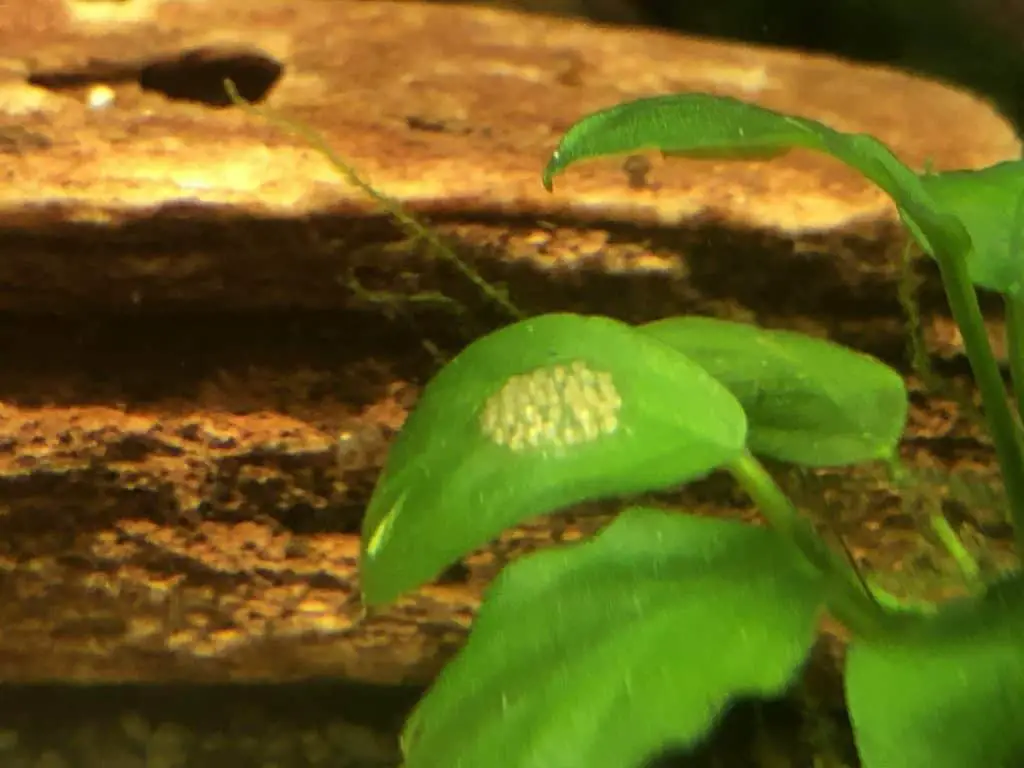Are you looking for a way to spruce up your aquarium and create a beautiful underwater oasis? Look no further than rhizome plants!
These easy-to-care-for plants are the perfect addition to any tank and can add a touch of natural beauty to your aquatic home. Rhizome plants, such as Java Fern, African Water Fern, and Anubias, are known for their slow growth and low-medium light requirements.
This makes them an ideal choice for various tank setups and ensures that even beginner aquarium enthusiasts can enjoy their beauty without the stress of complicated care requirements. Plus, with their hardy nature and ability to thrive in various water conditions, rhizome plants are the perfect choice for anyone looking to add a touch of greenery to their aquarium without the hassle of constant maintenance.
So why wait? Add some rhizome plants to your tank today and enjoy the beauty of nature right in your own home!
Key Takeaways
- The best rhizome aquarium plants are Java Fern, African Water Fern, and Anubias.
- Java Fern requires low-medium light, 6.0-7.5 PH, and 3-8 KH water parameters.
- African Water Fern needs heavy lighting, 6.0-8.5 PH, and 5-15 KH water parameters, and requires cleaning by extracting dying fronds on the rhizome.
- Anubias is easy to care for, can grow in low-high light, and demands at least 10 gallons tank to extend comfortably.
Java Fern
Java Fern is a great option if you’re looking for an easy-to-care-for rhizome aquarium plant that can grow in cold temperatures. It not only requires low-medium light, but it also thrives in water with a pH range of 6.0-7.5.
To propagate Java Fern, divide the rhizome and attach it to a piece of driftwood or rock using a fishing line or a rubber band.
In addition to its hardiness, Java Fern is a versatile plant that can be placed in the middle of the tank for a beautiful focal point. It can grow up to 13-14 inches tall, making it a great addition to larger aquariums.
To ensure its continued growth and health, it receives at least 5-7 hours of light daily and is kept in water with optimal pH and KH parameters of 6.0-7.5 and 3-8, respectively.
With its ease of care and stunning appearance, Java Fern is a must-have for any aquarium enthusiast.
African Water Fern
Imagine the vibrant green leaves of the African Water Fern swaying gracefully in the current of your aquarium, adding a touch of elegance and serenity to your underwater world. This slow-growing plant, also known as Bolbitis Heudelotii, is an excellent addition to any aquarium, especially in the background. African Water Fern demands heavy lighting and a 10-gallon tank to grow comfortably. It can thrive in cold temperatures and needs a minimum of 3W light per gallon tank and 20-22 degrees Celsius water temperature.
Propagation methods for African Water Fern include rhizome division, similar to Java Fern. This fern must also be cleaned by extracting dying fronds on the rhizome. Ideal tank mates for African Water Fern include peaceful community fish like tetras and guppies and shrimp species like Cherry Shrimp and Ghost Shrimp. If you’re looking for a plant that requires low maintenance and adds a touch of beauty to your aquarium, African Water Fern is an excellent choice.
| African Water Fern | |
| Growth | Slow |
| Lighting | Heavy |
| Tank Size | At least 10 gallons |
| Temperature | 20-22 degrees Celsius |
| Propagation | Rhizome division |
| Ideal Tank Mates | Peaceful community fish and shrimp species |
Anubias
You can easily care for Anubias in your aquarium with just 2-3W of light per gallon tank and a temperature range of 23-29 degrees Celsius. This slow-growing plant is perfect for beginners who want to add a touch of greenery to their aquarium without too much maintenance.
Here are some growing tips and propagation techniques for Anubias:
- Anubias can grow in low to high light, but it’s best to keep it in the foreground to the tank’s background.
- It needs a minimum of 5.5-8.0 PH water parameters to thrive.
- Propagate Anubias by dividing the rhizome and attaching it to a rock or driftwood.
- Anubias demands at least 10 gallons tank to extend comfortably, providing enough space to grow.
With its ease of care and versatility, Anubias is a great addition to any aquarium. Its slow growth rate means it won’t take over your tank, and its hardiness makes it a great choice for beginners. Try it and see how it can add beauty and life to your underwater world.

Conclusion
Congratulations! You now know about the best rhizome plants for your aquarium. These plants are easy to care for and add a beautiful touch to your tank.
Imagine how the Java Fern’s long, flowing leaves sway gently in the current or how the African Water Fern’s delicate fronds create a serene underwater oasis. And don’t forget about the Anubias, with its dark green leaves and sturdy rhizome that can anchor itself to rocks or driftwood.
Adding these rhizome plants to your aquarium creates a stunning aquatic environment that will envy all your friends. Their slow growth and low-medium light requirements allow them to thrive in various tank setups, making them a perfect addition for beginners and experienced aquarists.
So go ahead and give your tank the gift of rhizome plants. Your fish will thank you for it!





